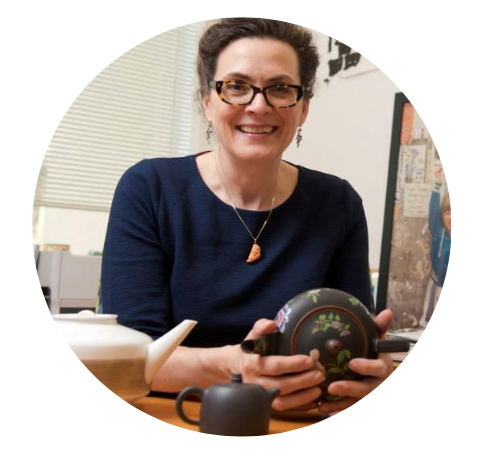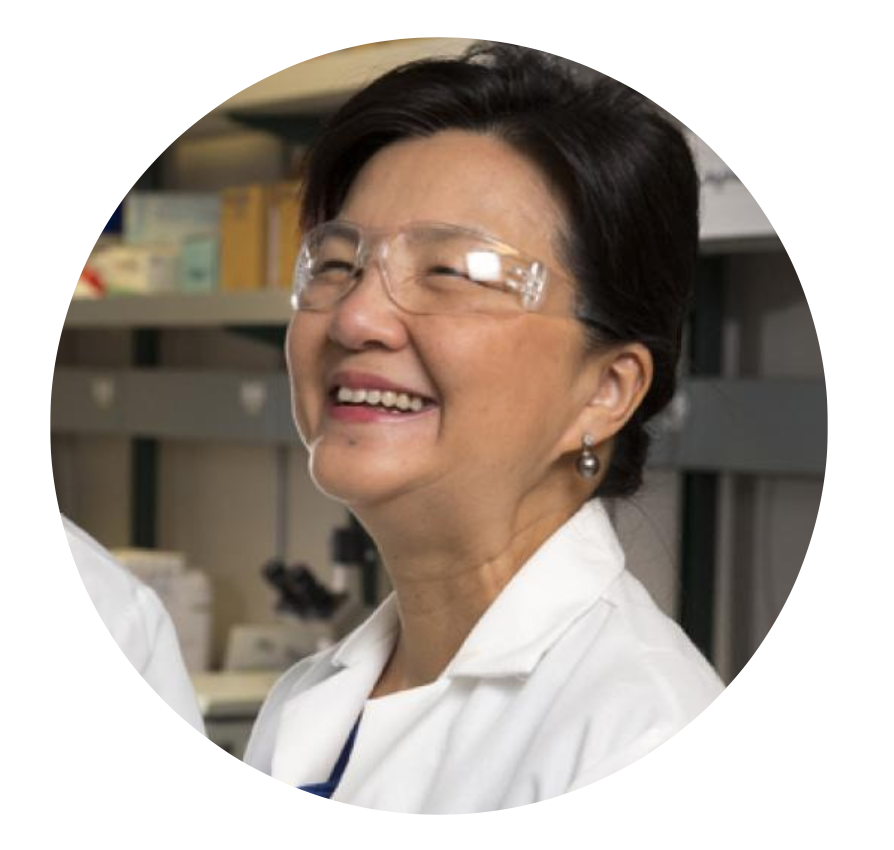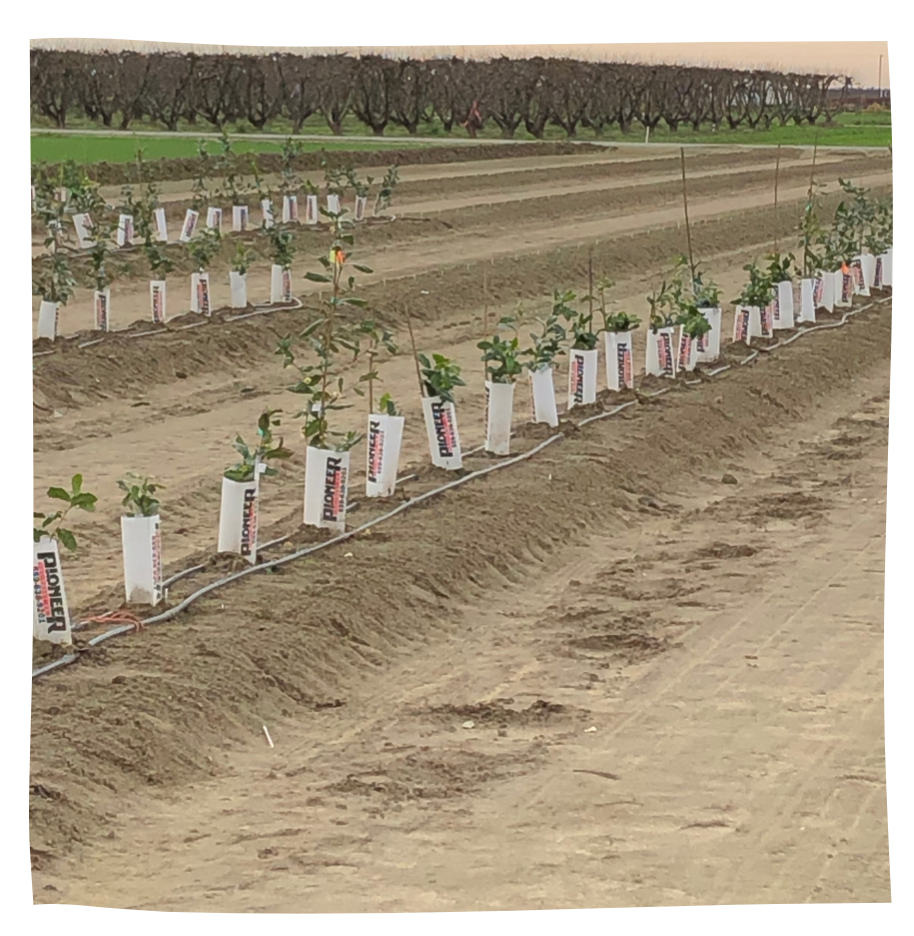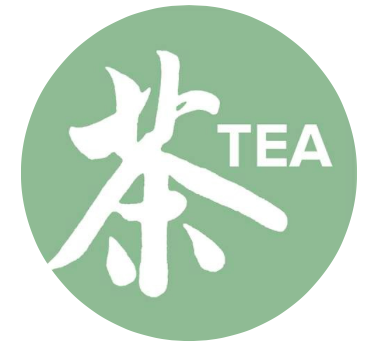
ART HISTORY WITHOUT THE ART: THE CURIOUS CASE OF SINO-VIETNAMESE TEAPOTS BEFORE 1700
 Dr. Katharine P. Burnett
Dr. Katharine P. Burnett
This project investigates the exchange of tea culture and teapots between China and Vietnam between 1300-1700, with an emphasis on the Ming period. This is the time when steeped tea became the norm and teapots began to be a required form. Although China was trading tea to other countries at this time, this project explores China’s cultural exchanges surrounding tea with its Southeast Asian neighbors, starting with Vietnam. It aims to find out how Vietnam responded to this trade through its own robust ceramics industry. Consequently, this project also attempts to determine exactly what is a Vietnamese teapot (vs. a tea kettle) in these early years, which turns out to be not as obvious a task as one might think. More significantly, however, this project inquires, How and why does one culture adopt, adapt, or reject forms from another? And more broadly, how is culture formed?
GROWING TEA IN CALIFORNIA: REALITY AND VISION

Dr. Jacquelyn Gervay-Hague
Research in the Gervay-Hague laboratory centers on the synthesis of plant-associated glycolipids to enable integrated chemical measurements of microbial biomarkers associated with sustainable propagation and growth of tea in California.
WHY ARE TEA DRINKERS SO HEALTHY? THE SCIENCE AND SUSTAINABILITY OF TEA BEVERAGES

Dr. Robert Hackman
Dr. Robert Hackman studies the nutritional value of tea as well as other food and beverages related to cardiovascular disease in human clinical studies.
GUT MICROBIOTA, TEA, AND HEALTH
 Dr. Yvonne Wan
Dr. Yvonne Wan
Dr. Yvonne Wan's research focuses on the role of microbiota in contributing to and preventing obesity and other metabolism-related health issues. She has also studied chemical health benefits derived from tea, vegetables, and bacterial fermentation-generated products.
 In 1967, Lipton Tea Company funded a tea research project at the Kearney Agricultural Research Extension Center (KAREC), situated in the University of California Agriculture and Natural Resources. Today, 13 of the original plants remain, and a new project is currently underway to research tea cultivation in California.
In 1967, Lipton Tea Company funded a tea research project at the Kearney Agricultural Research Extension Center (KAREC), situated in the University of California Agriculture and Natural Resources. Today, 13 of the original plants remain, and a new project is currently underway to research tea cultivation in California.





